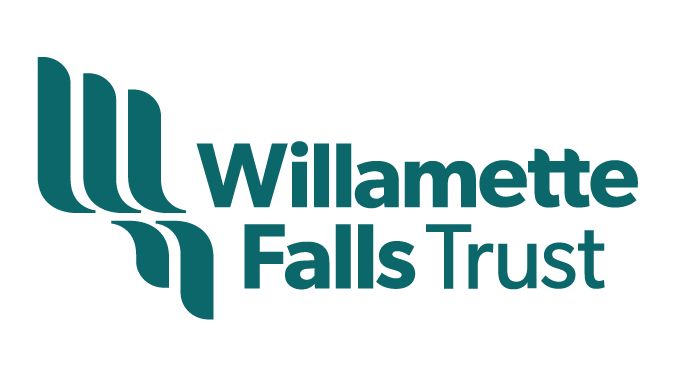Native American Heritage Month | Activism and Advocacy
While we’ve separated these topics into different sections, you will notice their natural interconnectivity. Being stewards and knowledge-bearers, Indigenous peoples have recognized the relationship between the land, the air, and the water since time immemorial.
Climate and Environmental Justice
“Indigenous peoples have mastered the art of living on the Earth without destroying it. They continue to teach and lead by example, from the restoration of eel grass and salmon by the Samish Nation, to the bison reintroduction by the Kainai Nation of the Blackfoot Confederacy, to the restoration of traditional 800-year old Hawaiian fish ponds. We must heed these lessons and take on this challenging task, if we want our grandchildren to have a future.”
Yurok tribal member Jess McLaughlin manages a prescribed burn near Somes Bar, California (2018). Photo courtesy of Stormy Staats, Klamath-Salmon Media Collaborative
An Indigenous Systems Approach to the Climate Crisis
An Indigenous peoples’ approach to climate justice
How Native Tribes Are Taking the Lead on Planning for Climate Change
Indigenous peoples defend Earth's biodiversity—but they're in danger
At U.N.'s COP26 climate summit, Indigenous voices are calling for more than lip service
Dispossessed, Again: Climate Change Hits Native Americans Especially Hard
Relatives, Not Resources: Applying an Alaska Native Lens to Climate Sovereignty, Economic Justice, and Healing
Food Sovereignty
“The land is our identity and holds for us all the answers we need to be a
healthy, vibrant, and thriving community. In our oral traditions, our creation story, we are taught that the land that provides the foods and medicines we need are a part of who we are. Without the elk, salmon, huckleberries, shellfish, and cedar trees, we are nobody...This is our medicine; remembering who we are and the lands that we come from.”
Gather
An intimate portrait of the growing movement amongst Native Americans to reclaim their spiritual, political and cultural identities through food sovereignty, while battling the trauma of centuries of genocide.
Finding Our Roots: Indigenous Foods and the Food Sovereignty Movement in the United States
Food sovereignty is the ability of an indigenous nation or community to control its own food system and food-producing resources free of control or limitations put on it by an outside power (such as a settler/colonizer government). Food sovereignty includes creating access to healthy food resources of one’s own choice, assuming control over food production and distribution, and integrating cultural practices and values concerning diet, food production, distribution, and the entire food system.
Indigenous Food Sovereignty
Indigenous Food Sovereignty Movements Are Taking Back Ancestral Land
Book: Indigenous Food Sovereignty in the United States: Restoring Cultural Knowledge, Protecting Environments, and Regaining Health Edited by Devon A. Mihesuah and Elizabeth Hoover
The Fish Wars and The Fish-in Protests at Franks Landing
Salmon: The original ‘Superabundant’ food of the Pacific Northwest
How Native American chefs are working to decolonize Indigenous cuisine
How a First Nations Restaurateur Found Her Family Through Food
Book: The Sioux Chef's Indigenous Kitchen by Sean Sherman
Book: New Native Kitchen: Celebrating Modern Recipes of the American Indian by Freddie Bitsoie
Public Lands and LANDBACK
“It is hard for outsiders to fathom how differently Indigenous cultures perceive the landscape and wild creatures.”
For the first time since 1770, members of the Esselen tribe hold a ceremony on ancestral land returned to them in California's Big Sur region. Photo by Matthew Pendergast
Murdered and Missing Indigenous Women (MMIW)
“We are witnessing a new awareness around the issue that’s growing across the country. I’m so grateful that we got to the point where decision-makers actually heard it, where we don’t need to continue to put our trauma on display to be heard and believed and for action to occur.”



